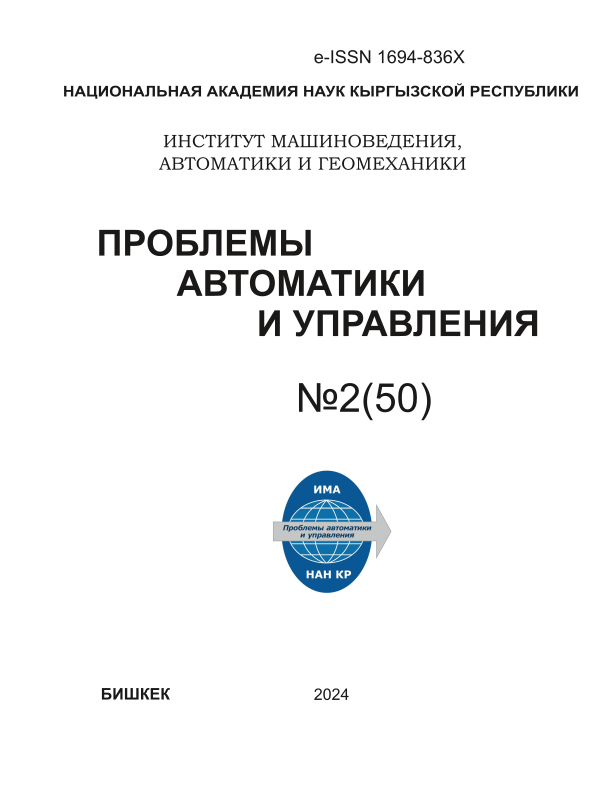OVERVIEW AND PRACTICAL SIGNIFICANCE OF OSINT TECHNOLOGIES
Keywords:
OSINT, Maltego, публичные реестры, информационная безопасность.Abstract
OSINT (Open-Source Intelligence) is a methodology and process for collecting, analyzing, and interpreting information available from open sources. Such sources include the Internet in general, social networks, mass media, public registries, scientific publications, and other types of open sources. Unlike closed or classified data, the information used in OSINT is available to any user, which makes this type of intelligence legal and ethically acceptable if the relevant rules and regulations are followed.
Let's imagine that a large bank or telecommunications company monitors the "external" space for leaks that are directly related to them. CTI (Cyber Threat Intelligence) analysts can use OSINT methods to proactively monitor specialized forums where attackers often publish stolen data. With the help of automated tools, including such as Maltego, specialists aggregate, structure and analyze the information found, identify the fact of a leak or the absence thereof and, if necessary, proceed to further measures to strengthen practices and the internal corporate information security system. Thus, the collection and analysis of data from open sources allows us to identify potential risks associated with counterparties, clients or competitors.
References
https://www.tandfonline.com/doi/pdf/10.1080/16161262.2023.2224091
https://www.gutenberg.org/ebooks/34815
https://docplayer.net/32830503-11-25-2012-maltego-scripting-language-1-1.html
https://irjaes.com/wp-content/uploads/2021/12/IRJAES-V6N4P275Y21.pdf
https://cybersecurity.att.com/documentation/resources/pdf/otx-user-guide.pdf
https://nmap.org/book/nse.html
https://www.lua.org/gems/lpg.pdf
https://eluaproject.net/overview/
https://www.uaa.aero/docs/The_Nextgen_Cybersecurity_for_U.S._Airports.pdf
https://www.securityvision.ru/blog/kii-chto-eto/
https://mail.wjaets.com/sites/default/files/WJAETS-2024-0024.pdf
https://www.researchgate.net/figure/Power-grid-cyberattack-scenarios_fig2_355122168
https://jestec.taylors.edu.my/Special%20Issue%20ICCSIT%202018/ICCSIT18_03.pdf
https://securityaffairs.com/43196/hacking/railroad-systems-vulnerabilities.html
https://www.todaysmedicaldevelopments.com/news/cybersecurity-increase-ransomware-hospitals-attacks/
https://www.inss.org.il/wp-content/uploads/2024/02/Part-4.pdf
https://nsarchive2.gwu.edu/NSAEBB/NSAEBB424/docs/Cyber-040.pdf
https://www.kaspersky.ru/about/press-releases/2014_stuxnet-v-detaliakh
https://www.sipa.columbia.edu/sites/default/files/2022-11/NotPetya%20Final.pdf
https://grahamcluley.com/the-inside-story-of-the-maersk-notpetya-ransomware-attack/
https://www.doj.nh.gov/consumer/security-breaches/documents/air-canada-20180831.pdf
Downloads
Published
Issue
Section
Categories
License
Copyright (c) 2024 Г. К. Керимкулова, Г.Т. Каримова

This work is licensed under a Creative Commons Attribution 4.0 International License.


